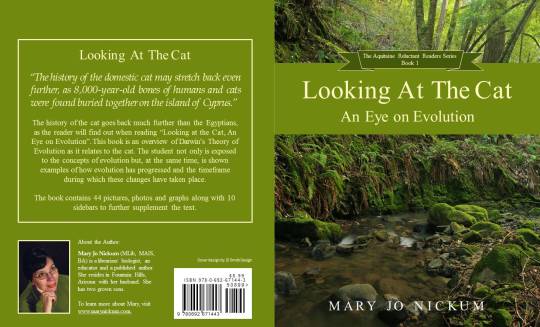How to Write Copy People Will Actually Read
You’ve found your way to this article, but you probably won’t read it start to finish.
You’ve read the stats. According to Copyblogger, 80% of people will read a headline, but only 20% read the body. 38% of people who click on a site will leave before engaging with the content at all. People will share copy, effectively vouching for its quality, when they’ve only read 25% of it.
Does this mean no one reads anymore? Has the Internet killed literacy? Not quite, but it has given birth to a generation of scanners. [Tweeters!] That is, people who scan articles and landing pages to get the “gist” or find a section they’re especially interested in.
Why Does Scanning Matter?
People don’t read the way they used to. Why? There are a few different reasons…
- Attention spans are shorter than ever. In 2000, the average attention span for a human was 12 seconds. Today? A recent study found that our attention span is a mere 8 seconds. To compare, a goldfish has a 9 second attention span.
- We’re busier than ever. The amount of time Americans spend at work, on average, is actually declining, but the convergence of work life and personal life leaves us with an “always on” mentality. As a result, we feel “busier than ever”. Far too busy to read an entire landing page or email or article.
- Content overload is real. 41% of people surveyed claim to feel overwhelmed by the many choices online. Instead, they turn to friends for content and product recommendations.
So, how do people read now?
“In today’s world people are suffering from content overload. People rarely read, they scan/skim through content and dive in areas they find interesting.”
If you want people to actually read, every line of copy should pass a cost-benefit test…
- Cost – How much time will this take? How difficult will it be to read?
- Benefit – What’s in it for me? What will I learn or gain from reading this?
Do the Old Copy Rules Still Apply?
So, do any of the old school copy rules still apply? Of course. This is an evolution of how copy is consumed, not how it is crafted.
Two core rules still apply: (1) you must secure interest and (2) you must do so as quickly as possible.
The bottomline is that people read copy they’re interested in. If your copy is compelling and intriguing, your visitors are going to read it.
Of course, securing that interest as quickly as possible is key. People make snap decisions, so if you don’t have them hooked in the first 8 seconds, you’ve likely already lost them.
However, they likely aren’t interested in all of your copy. Instead, they will scan your copy and read only the sections they’re interested in.
For example, let’s say you found Evergage because you’re interested in targeting certain visitors for personalization.
From: Shanelle Mullin
